Others, like Jennifer Doudna, are leading the way into the future by developing new technologies.
Get inspired by some of the incredible women on our list, which includes four Nobel Prize winners.
Here are 11 incredible famous scientists that should be heralded for their contributions to society.
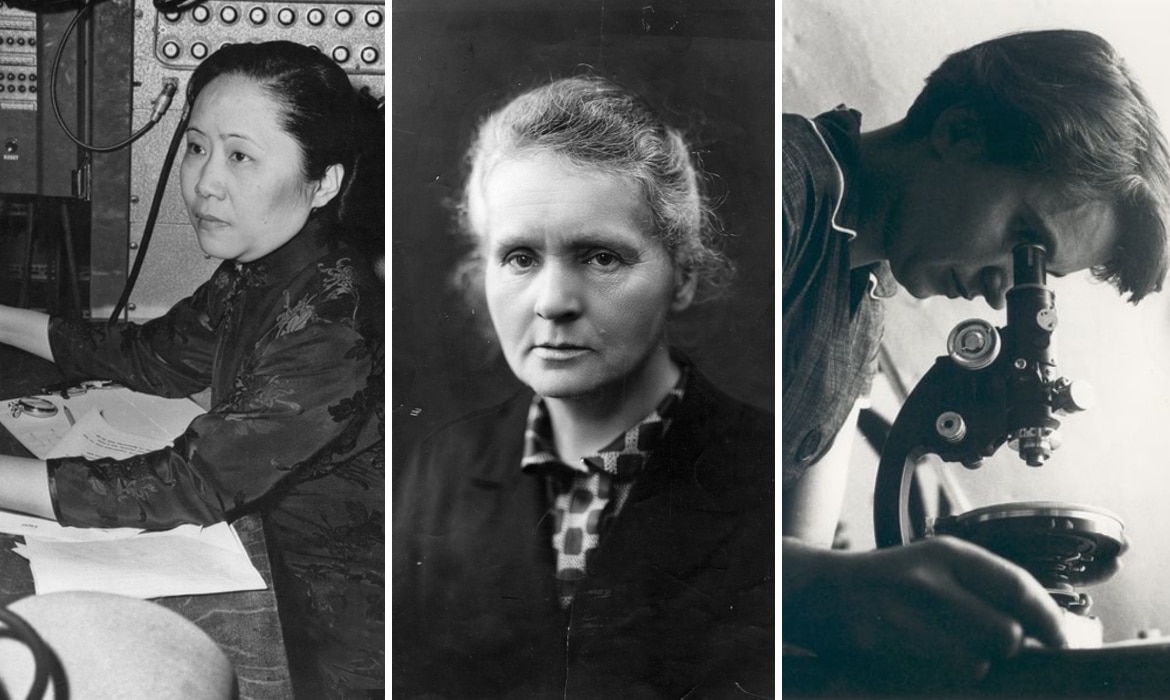
From left to right: Chien-Shiung Wu, Marie Curie, Rosalind Franklin
She discovered many comets and was one of the first women to do so.
After sending her findings to the Astronomer Royal, she was asked to correct the official star catalog.
In 1835, shealong with Mary Somervillewas named an honorary member of the Royal Astronomical Society.
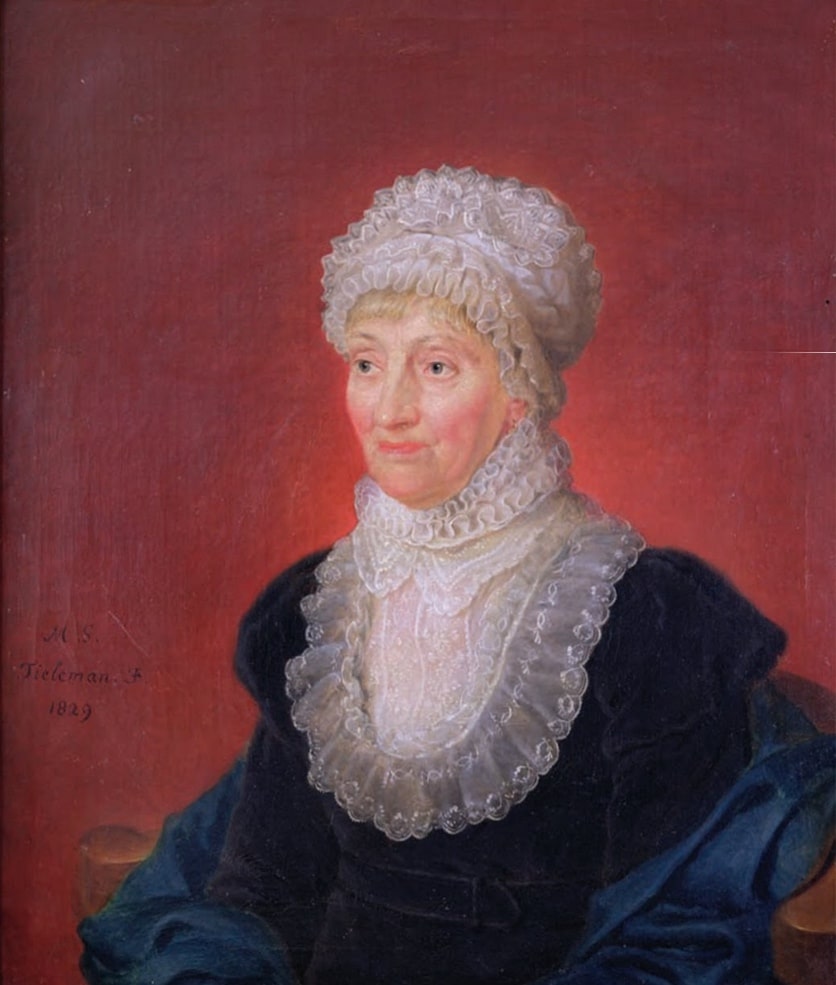
Portrait of Caroline Herschel (Photo:Wikimedia Commons, Public domain)
They were the first two women to become members.
Not only did Curie discover two elementsradium and poloniumbut she also coined the wordradioactivity.
She was the first person to attempt radiation therapy for cancer and championed its use in medicine.
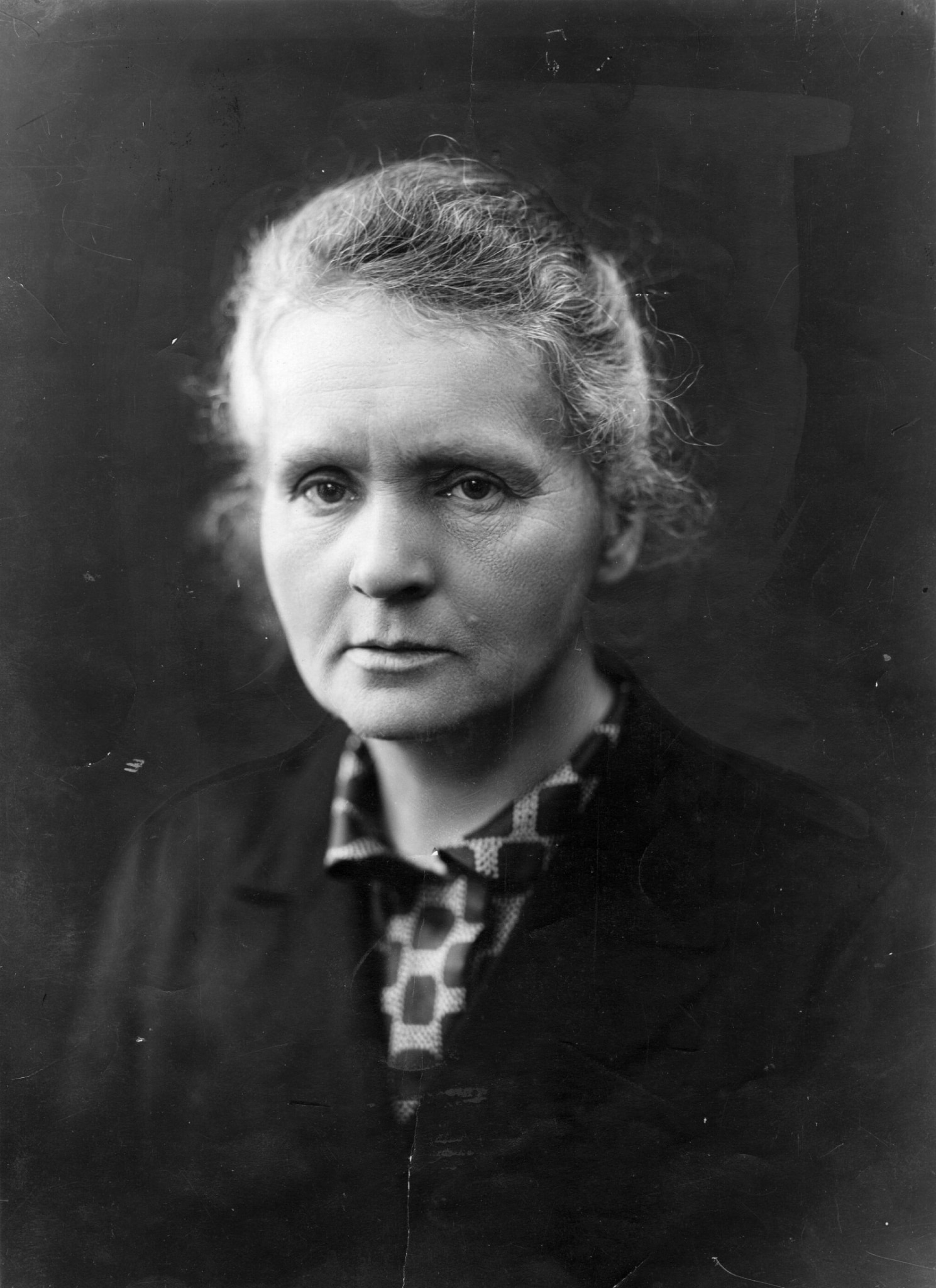
Portrait of Marie Curie (Photo:Wikimedia Commons, Public domain)
In 1911, she added another Nobel Prize to her list of honors.
This time she won the Nobel Prize in Chemistry for her work in isolating radium.
To this day, she is the only person to be awarded Nobel Prizes in different scientific categories.
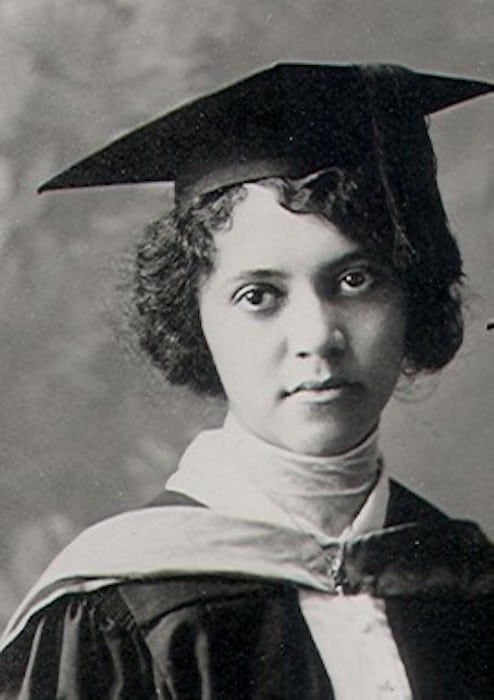
Portrait of Alice Ball (Photo:Wikimedia Commons, Public domain)
As an undergraduate studying pharmaceutical chemistry, she was already breaking barriers.
She would also become the university’s first Black woman chemistry professor.
But thanks to the work ofCecilia Payne-Gaposckin, we all know that they are composed of helium and hydrogen.
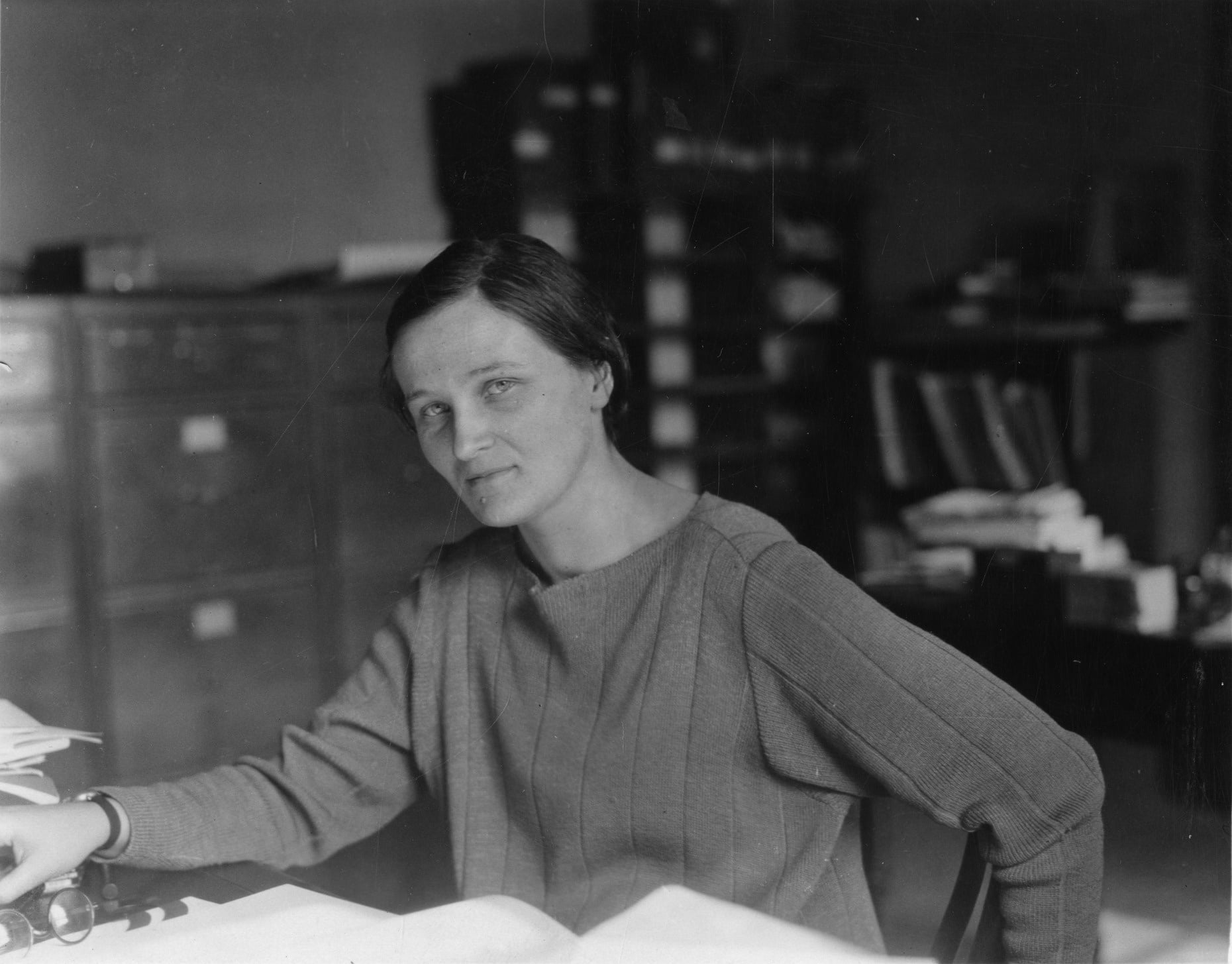
Photo of Cecilia Helena Payne Gaposchkin (Photo:Wikimedia Commonsvia Smithsonian Institution, Public domain)
As if that contribution wasn’t enough, her work on variable stars was also groundbreaking.
McClintock studied botany and was fascinated by new discoveries in DNA.
McClintock won the 1983 Nobel Prize in Physiology or Medicine for her work on transpositions.
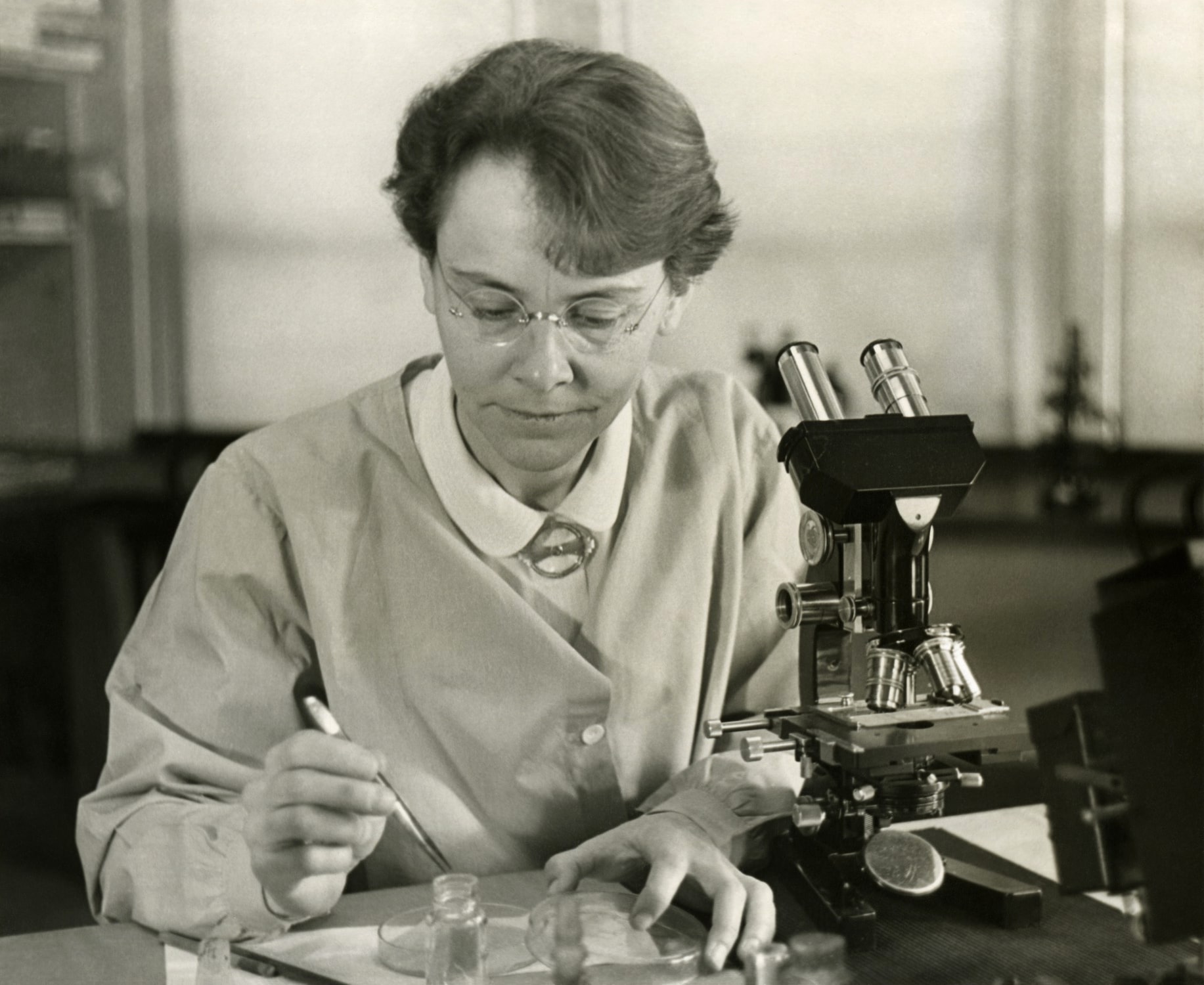
Photo of Barbara McClintock, 1947 (Photo:Wikimedia Commonsvia Smithsonian Institute Archives, Public domain)
As of 2021, she is the only woman to win that category on her own.
This was partially due to her gender, but also because there was anti-German sentiment throughout World War II.
However, this did not hold her back.
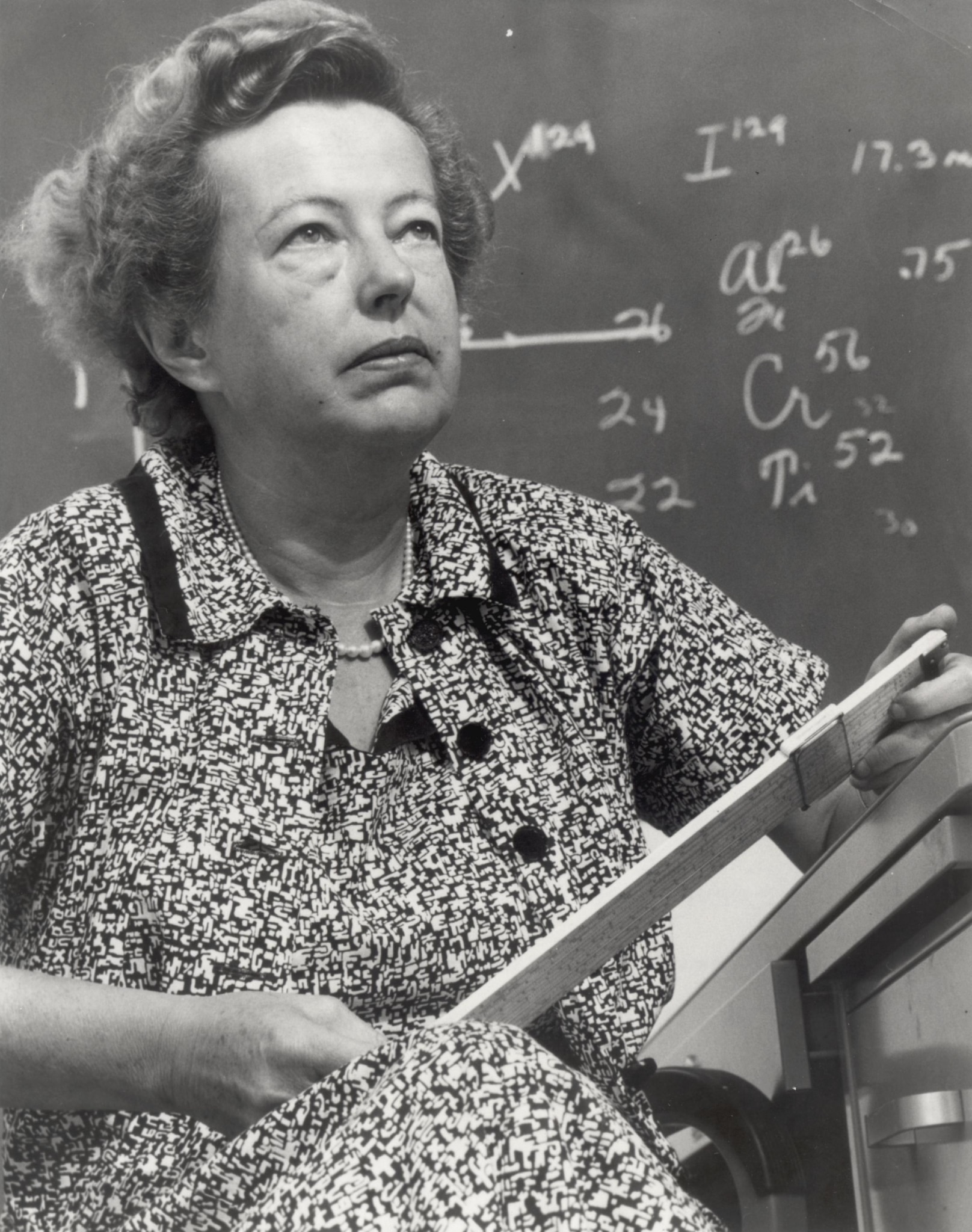
Portrait of Dr. Maria Goeppert-Mayer (Photo:Wikimedia Commons, Public domain)
Unfortunately, Franklin’s life was cut short after a battle with ovarian cancer.
She died in 1958 at the age of 37.
Many feel that, had she been alive, Franklin would have shared in that honor.
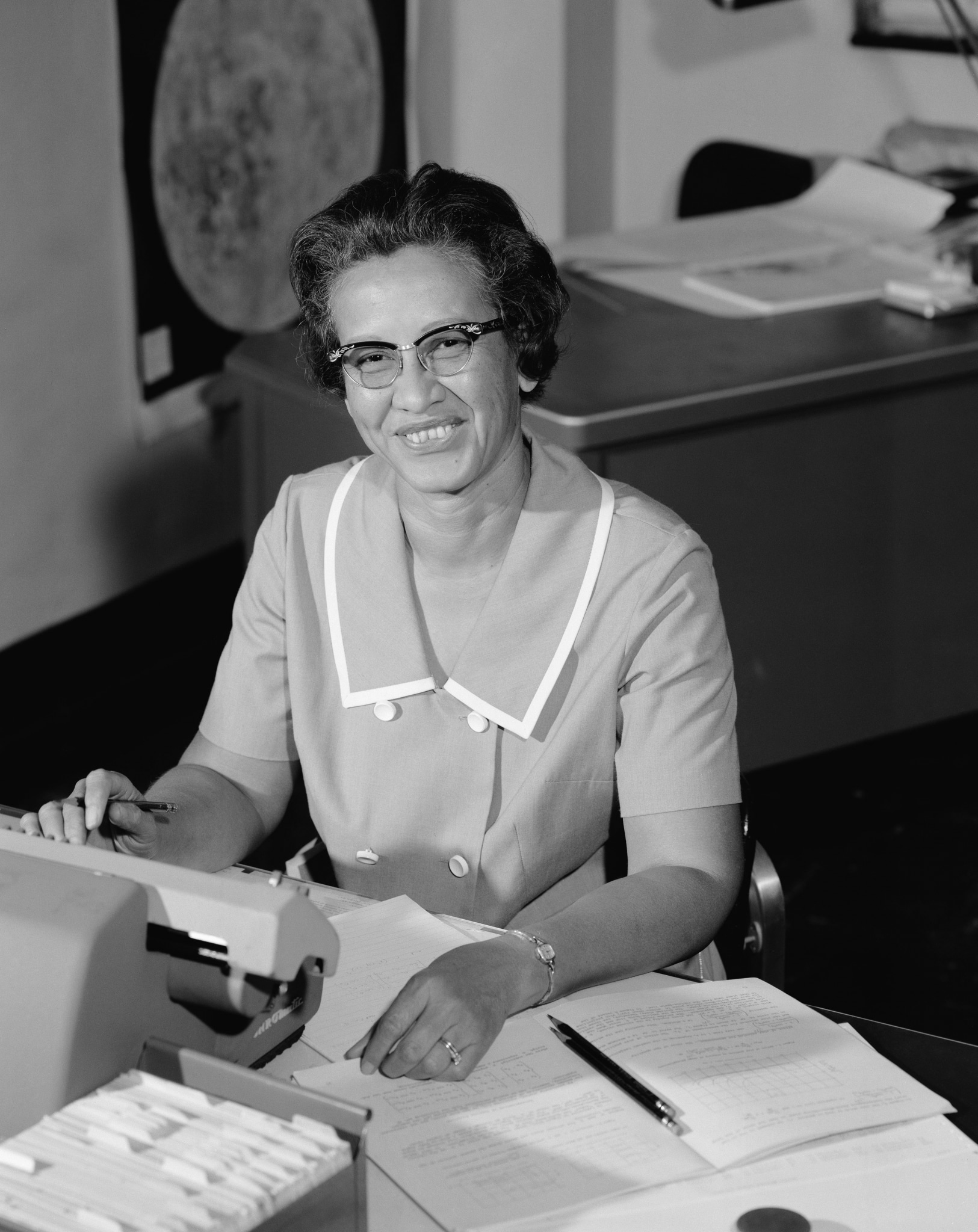
Portrait of Katherine Johnson, 1966 (Photo:Wikimedia Commons, Public domain)
Though she wished to return to China after her studies, World War II changed her plans.
She eventually made contributions to the Manhattan Project, but is perhaps best known for the Wu experiment.
This 1956 particle and nuclear physics experiment proved that parity is not conserved.

Portrait of Rosalind Franklin, 1966 (Photo:Wikimedia Commons,CC BY-SA 4.0)
The work earned her two male colleagues who proposed the experiment the 1957 Nobel Prize in Physics.
Wu was eventually acknowledged in 1978 for her work when she was awarded the Wolf Prize in Physics.
Professor Doudna is currently the Chair Professor of the chemistry department at the University of Berkeley, California.
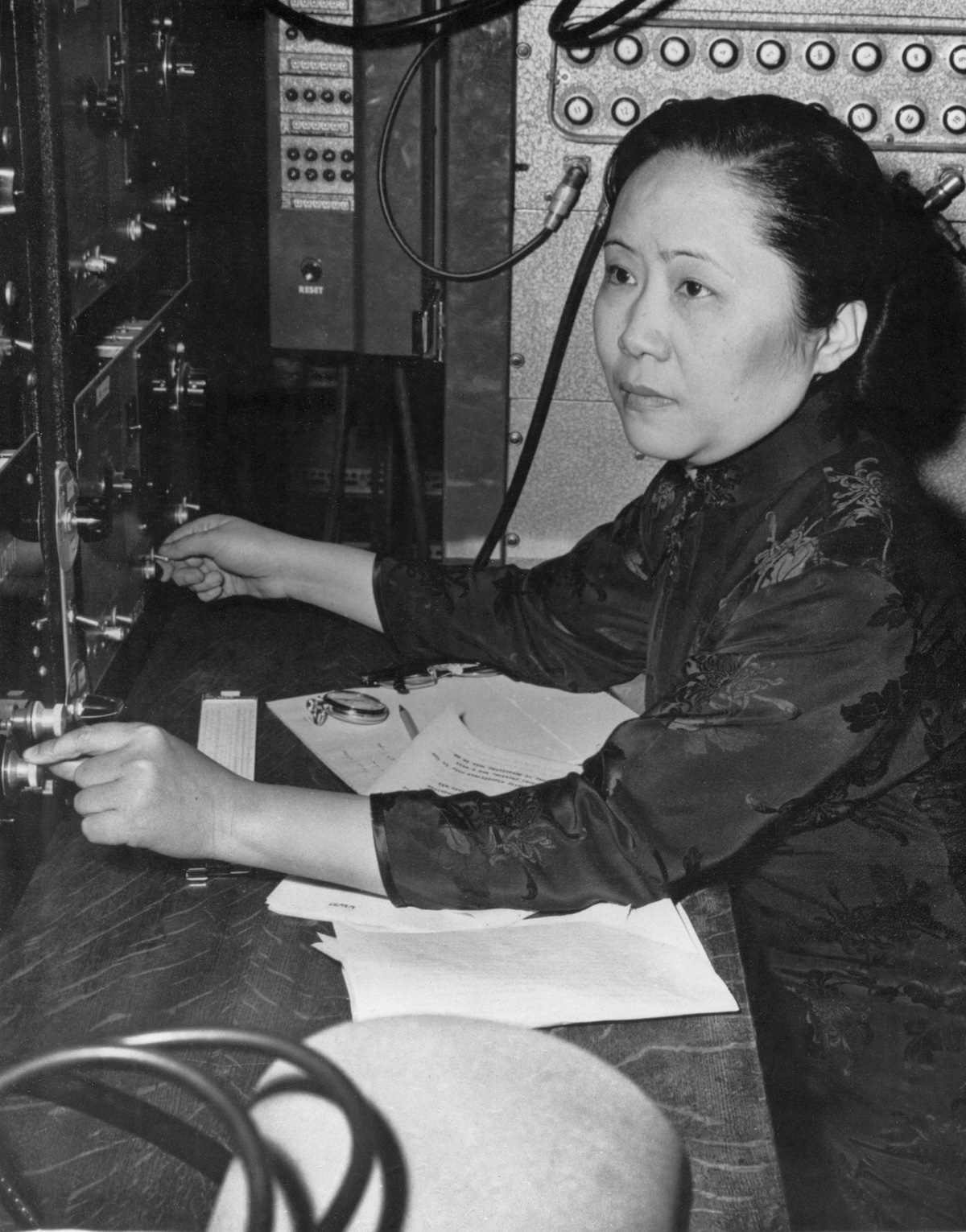
Portrait of Chien-Shiung Wu, 1963 (Photo:Wikimedia Commonsvia Smithsonian Institution, Public domain)

Portrait of Jane Cooke Wright (Photo:Wikimedia Commons, Public domain)
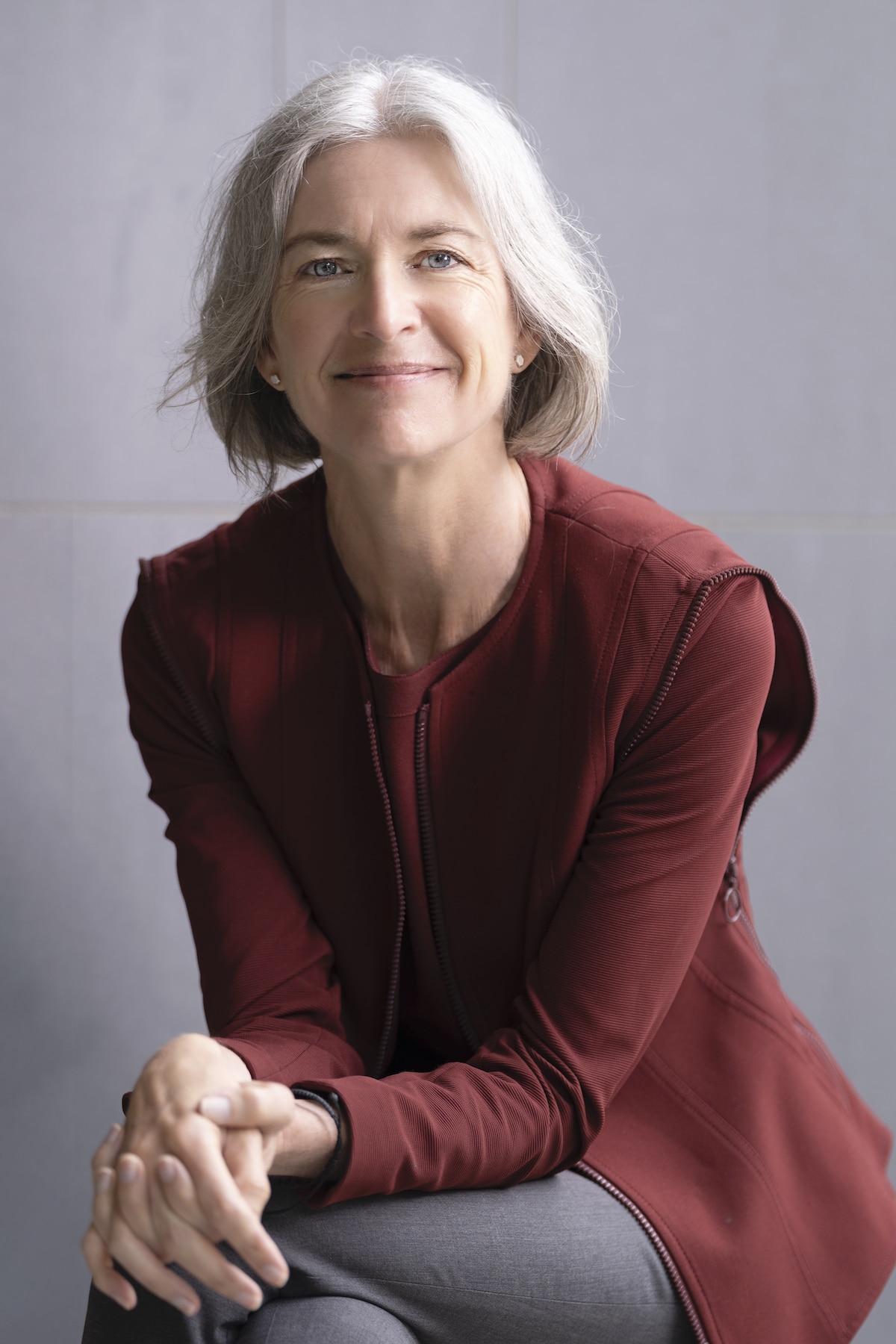
Portrait of Jennifer Doudna, 2021 (Photo:Wikimedia Commons,CC BY-SA 4.0)